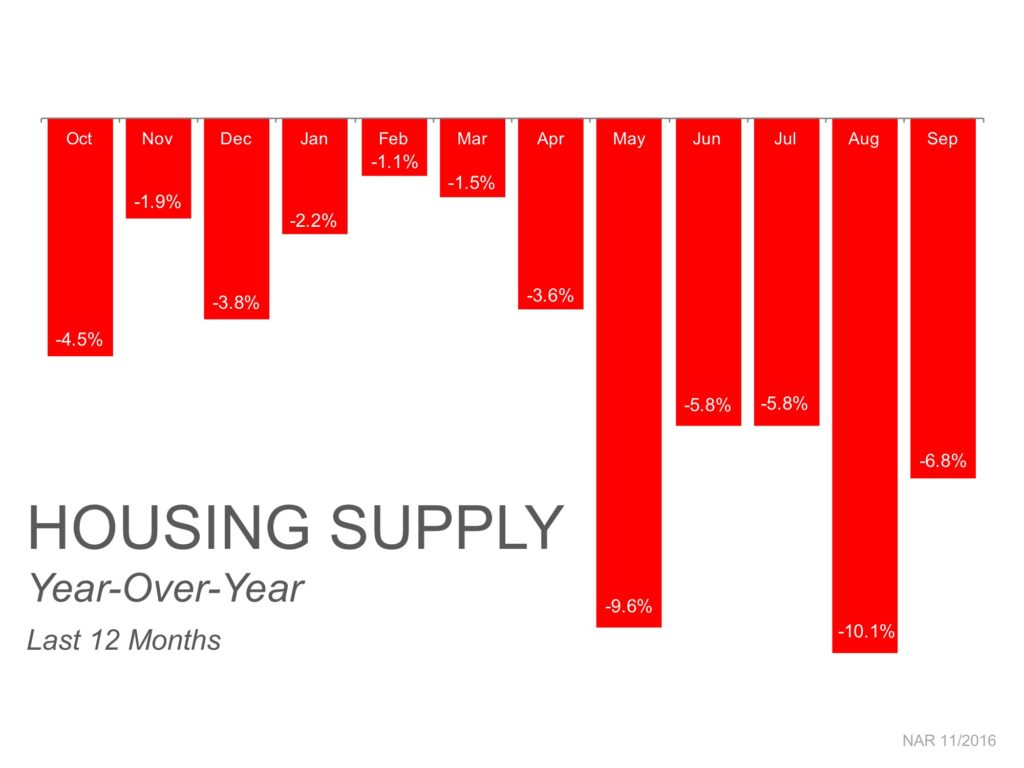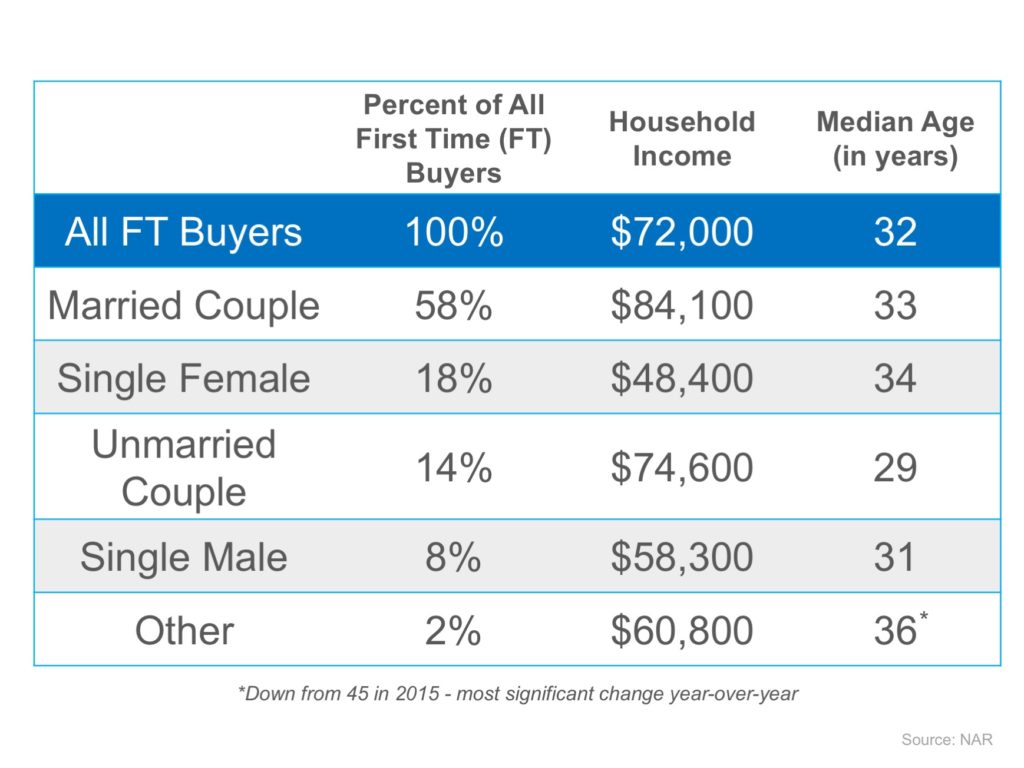 Guide to Buying or Selling During the Holidays
Guide to Buying or Selling During the Holidays
For home buyers and sellers wanting to get settled in a new home in the new year, here are a few things to keep in mind if you are buying or selling during the holidays:
Buyers:
- It can be a great time to buy – With fewer buyers in the market and sellers ready to have closure by year end, there are opportunities to be had during the holidays. If you don’t like what is currently on the market, let’s scour the market for listings that were previously on the market as there was seller motivation earlier in the year.
- Stick to your list of needs – It is easy to let the emotion of the holiday overwhelm your good sense. Holiday décor and the smell of baked goods can make a property seem like a better fit than it truly is. Shop smart!
- Timing – The holidays can cause more challenges to your contract to closing timeline than you may think. From federal holidays to people being out of the office on vacation, your closing deadline may be delayed. It is best to plan ahead and let your entire team know about your expectations and timeline so everyone can be on the same page. I can help you with this type of communication.
Sellers:
- It can be a great time to sell – Although there may be fewer buyers out, the buyers who are out are usually serious and ready to buy. Also, with visitors from out of town, someone considering a relocation may just have the time on their hands to look for homes during their vacation. There may also be fewer sellers to contend with because some will have taken their homes off the market for the holidays. Finally, buyers who may have more time on their hands may be spending more time on the internet in their home search.
- Going out of town can make home selling easy – It is easiest to show your home if you are not in it. Let me take care of the details!
- Don’t go too crazy with the holiday décor – It is easy to add layers of holiday decorations on top of what is already in your home such as moving the couch just a little closer to the other living room furniture or cramping the stockings on the mantle. Avoid overwhelming clutter during the holidays and take out more than what you add. You want the space appearing bigger, not smaller.
- Be clear about your timeline – If you get an offer on your home, be grateful, but also realistic. If the buyers are looking for a close date between Christmas and New Year’s, think about what this means for your holiday plans.
The holidays provide an amazing opportunity for both buyers and sellers, but don’t get carried away. If you are thinking about a move, let’s strategize now. Give me a call or text: (253)222-2626 or email: john@altitude-re.com.










